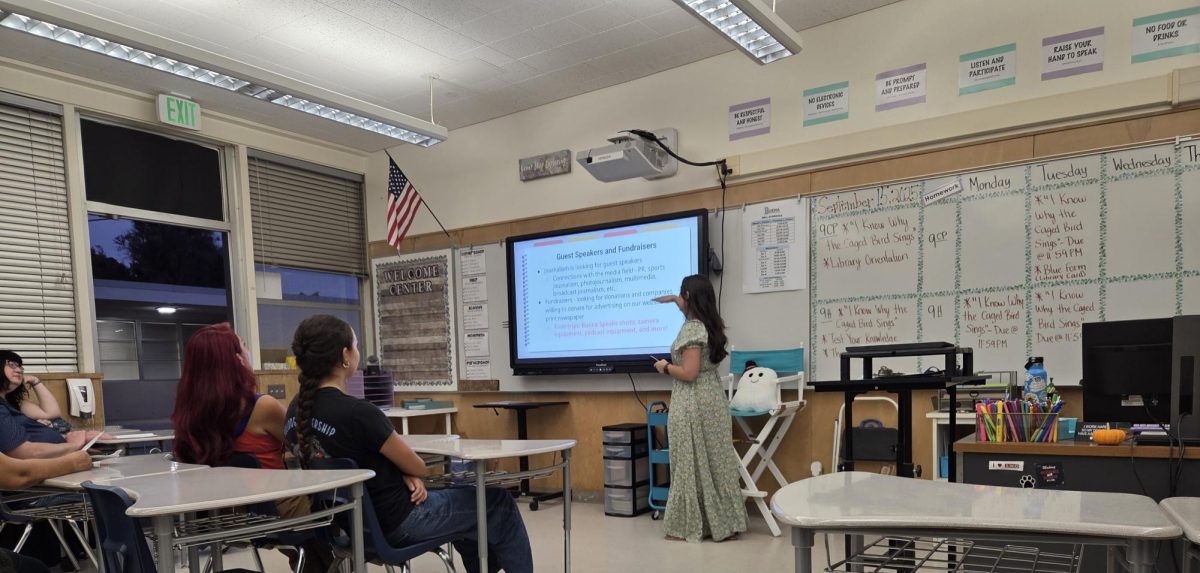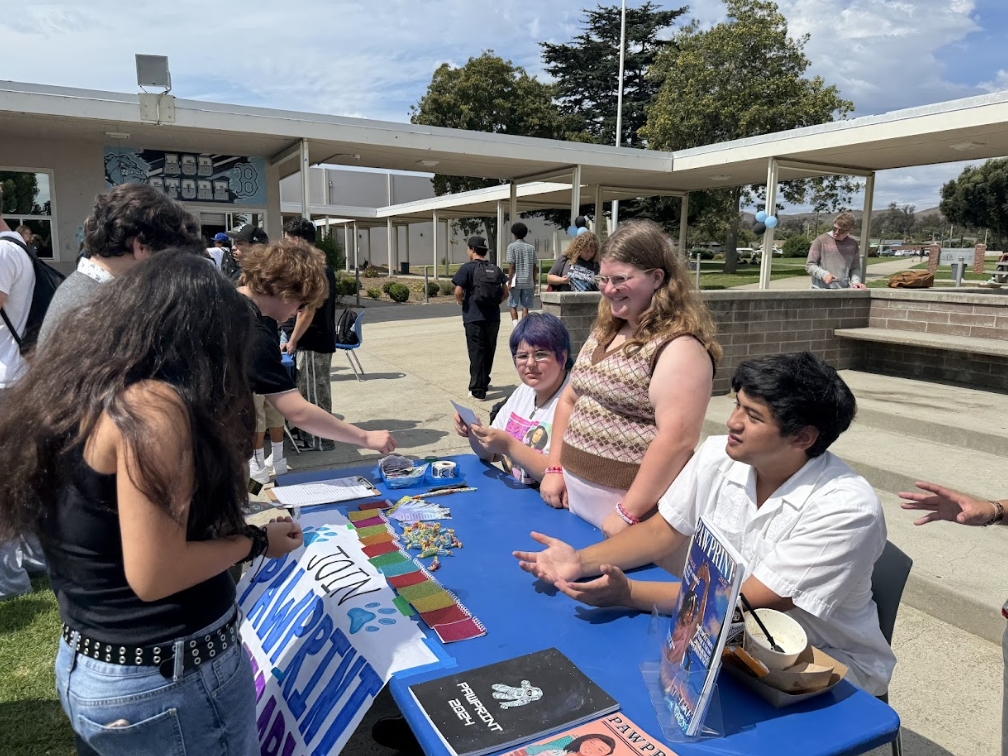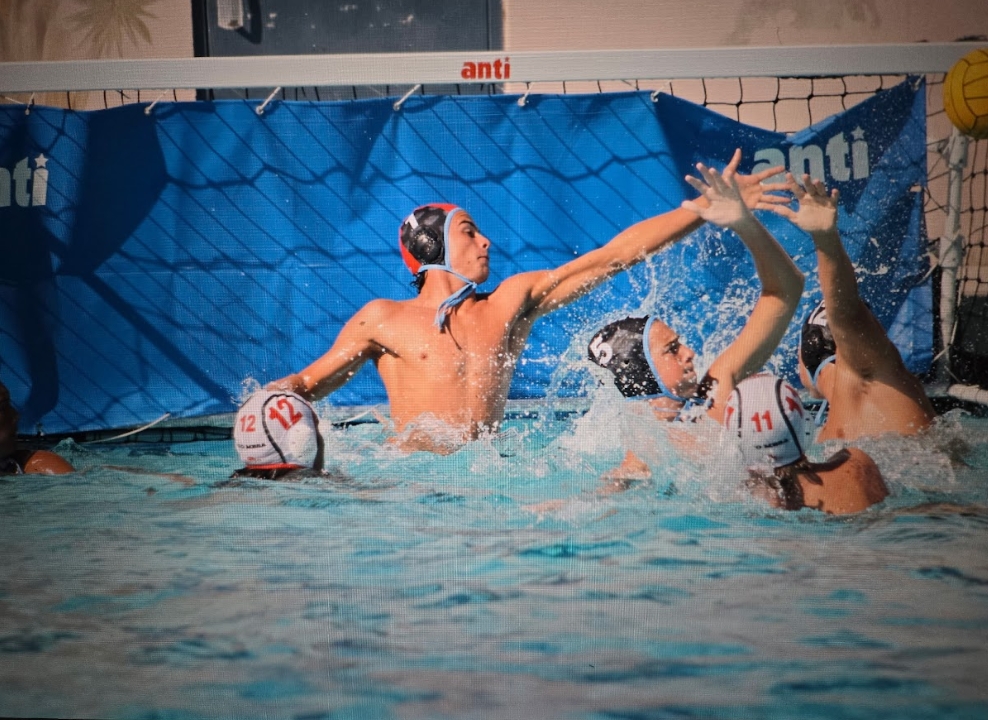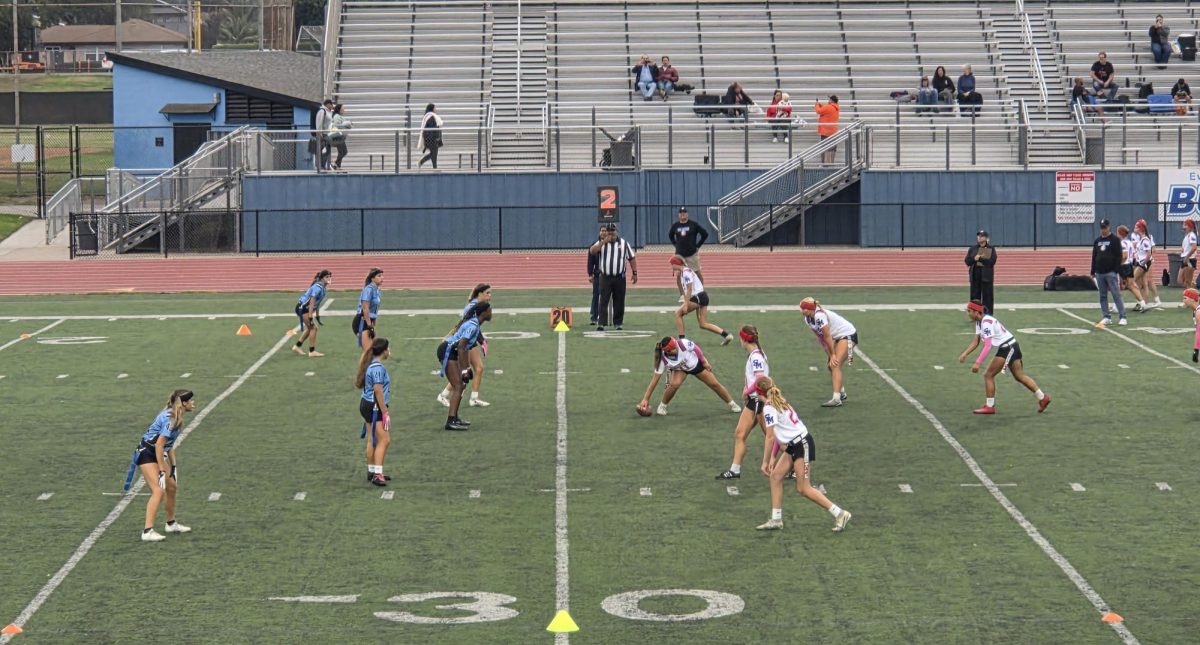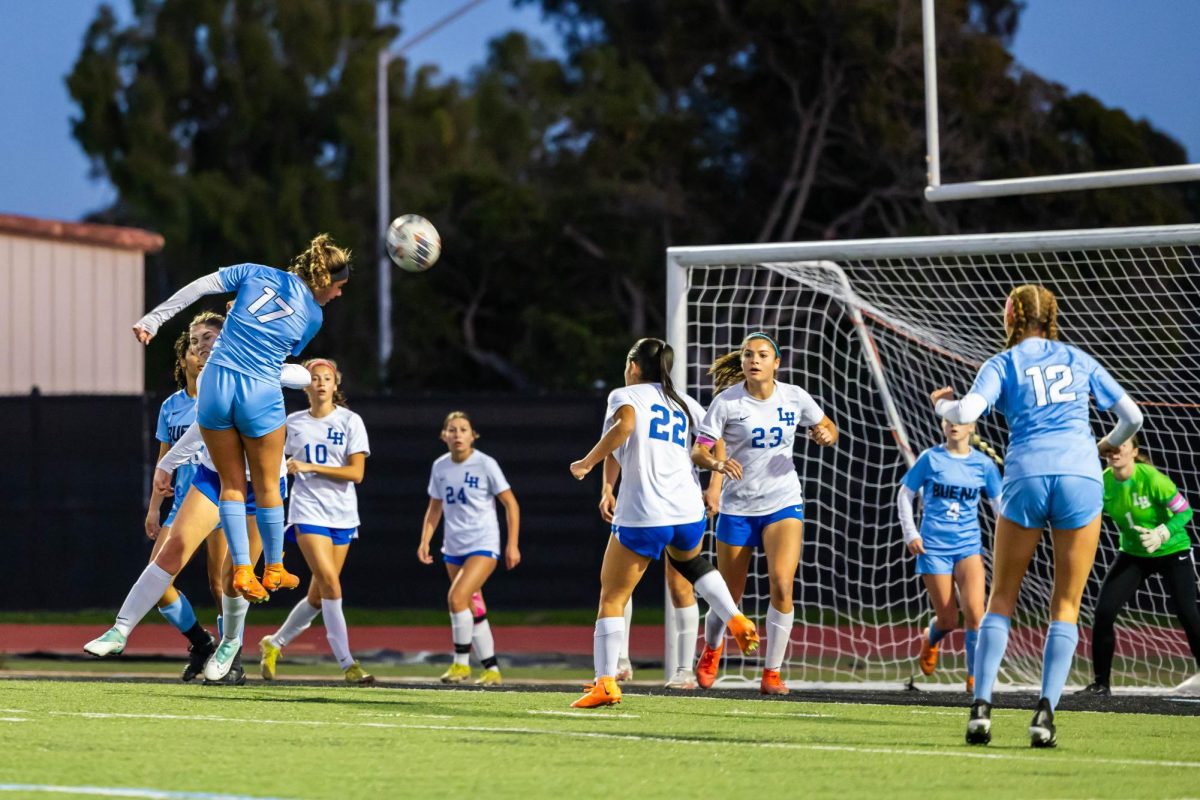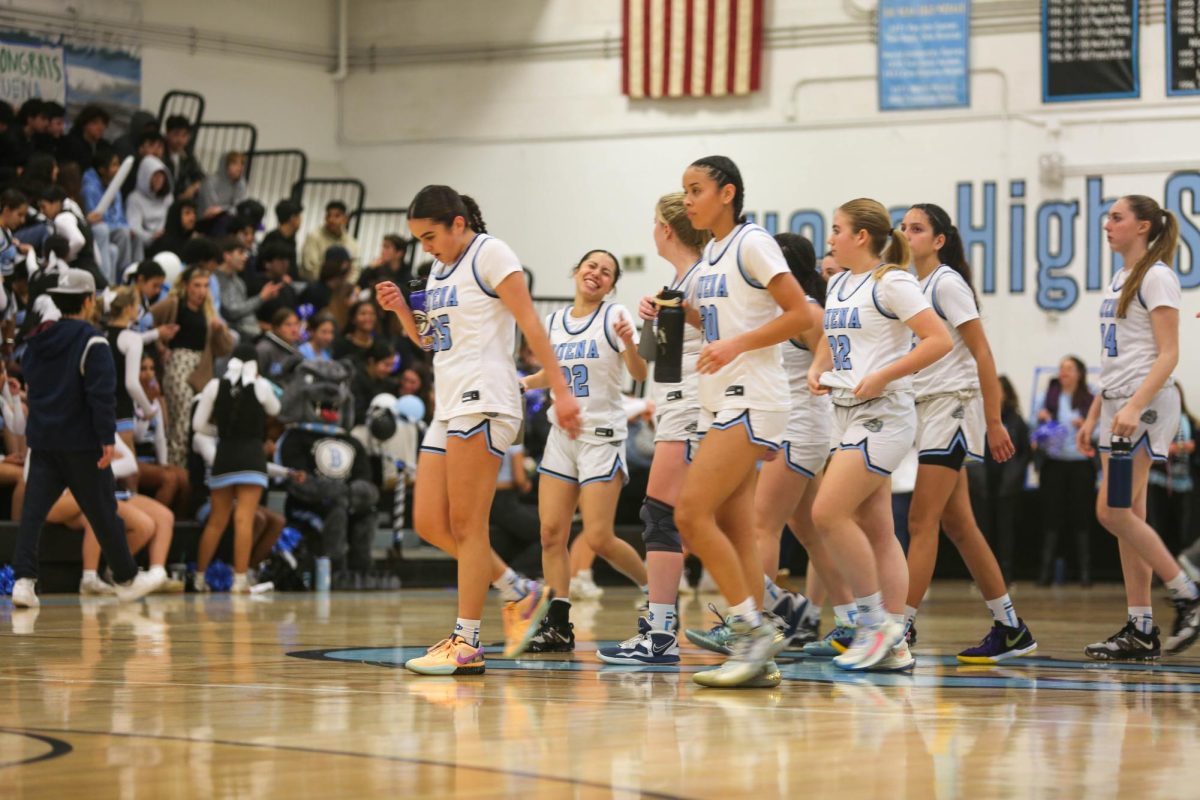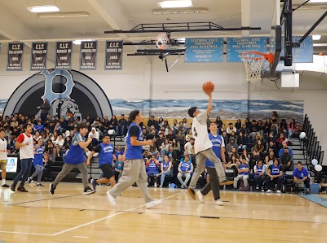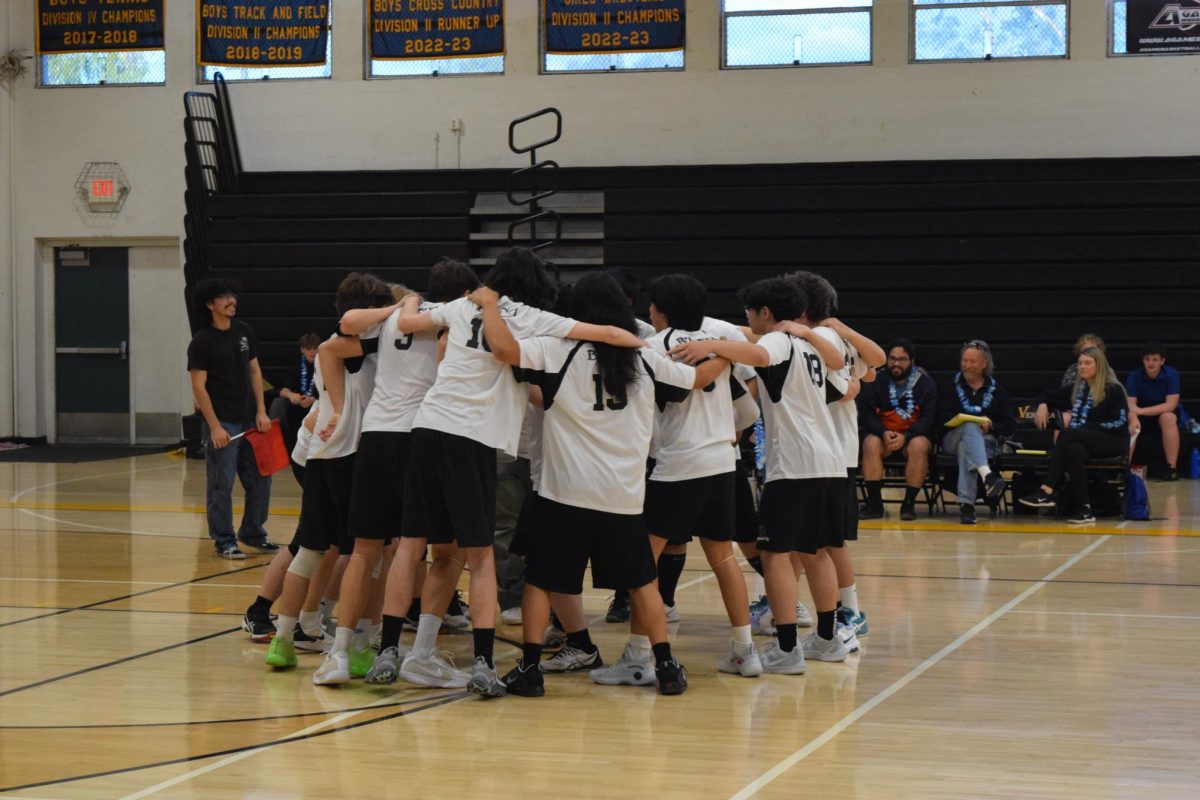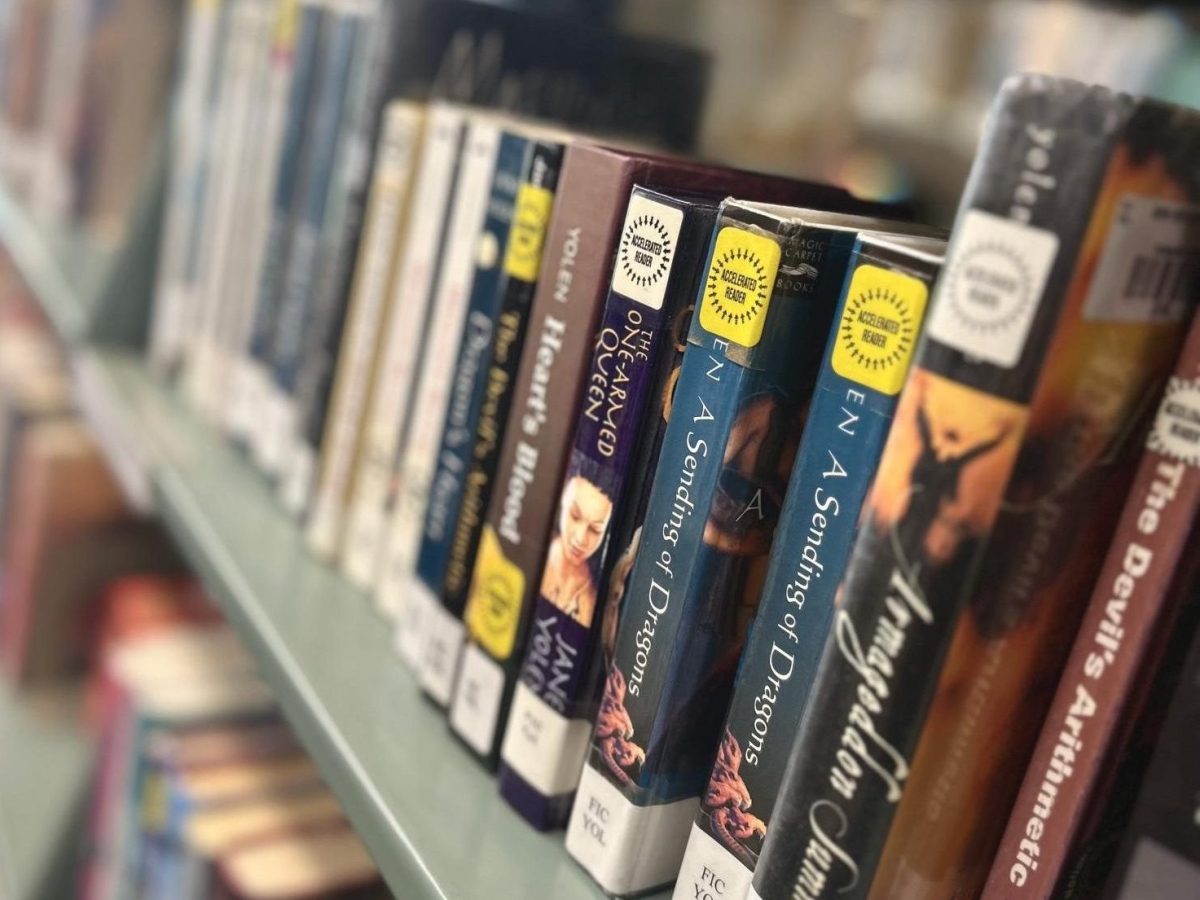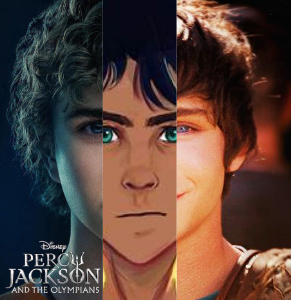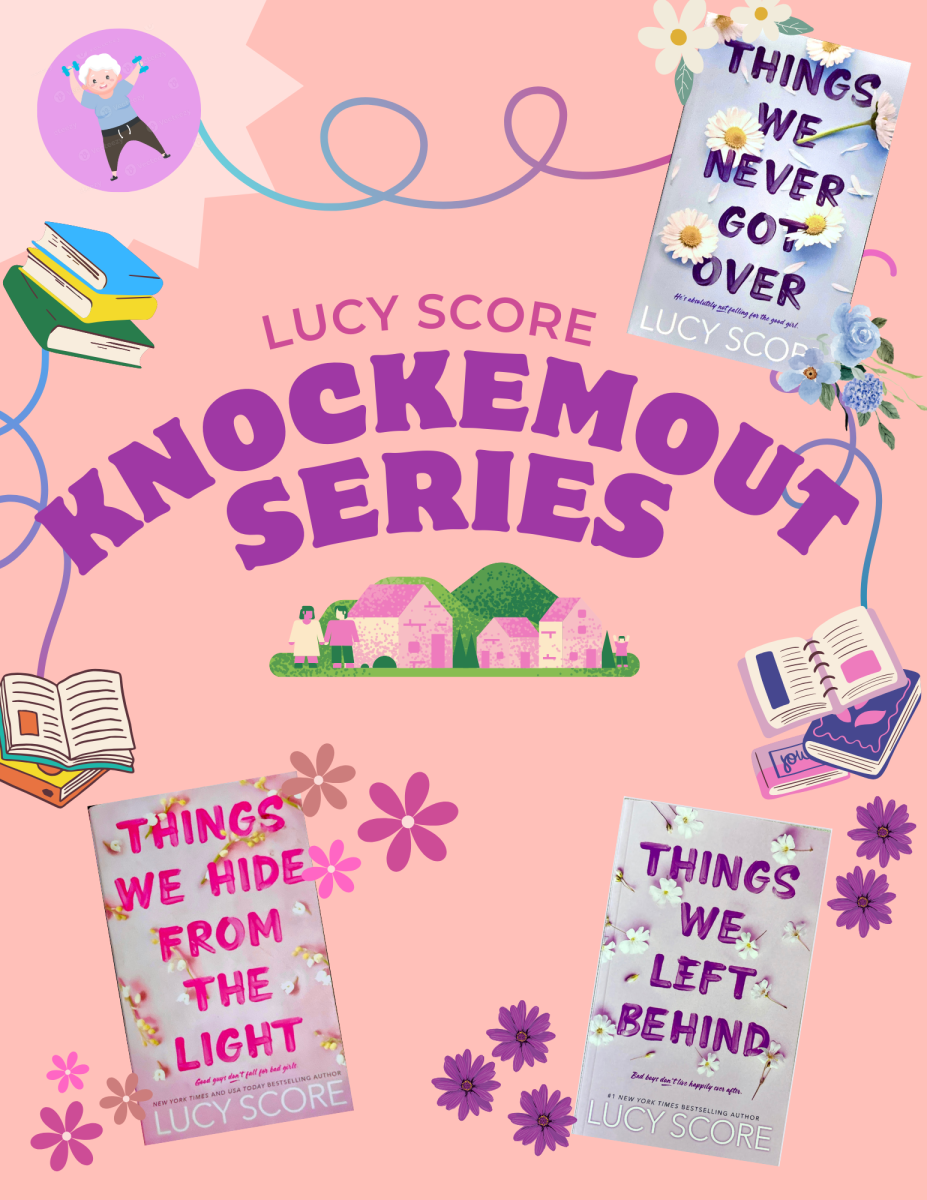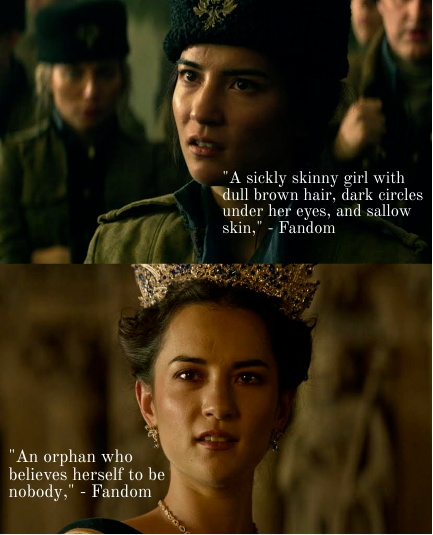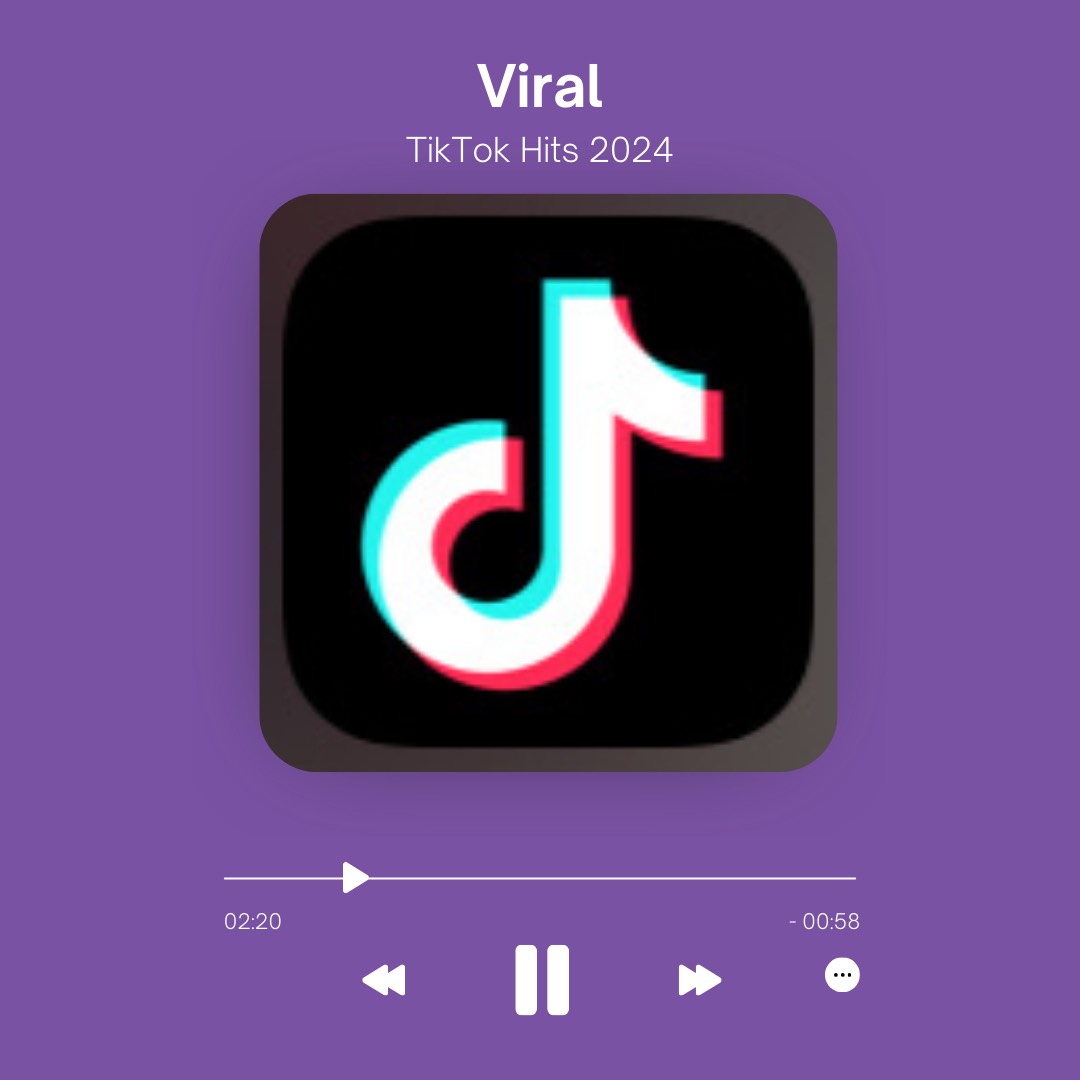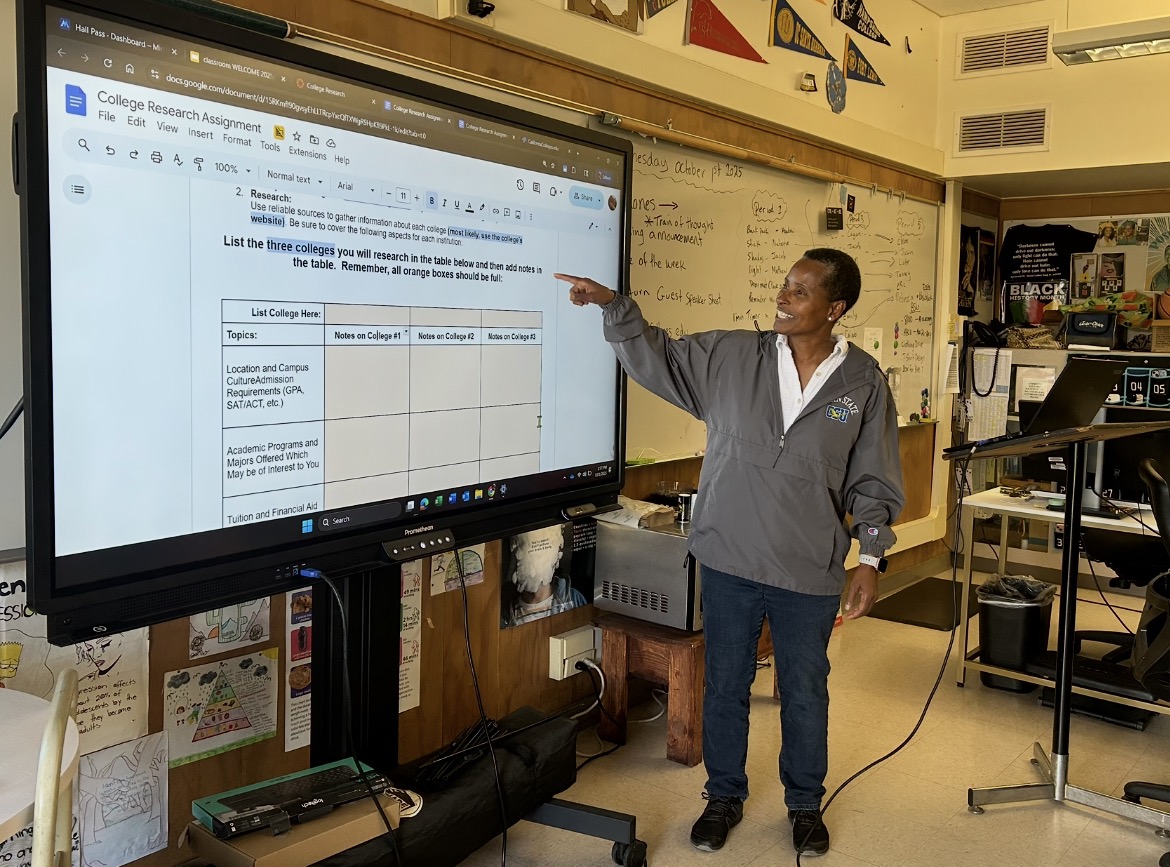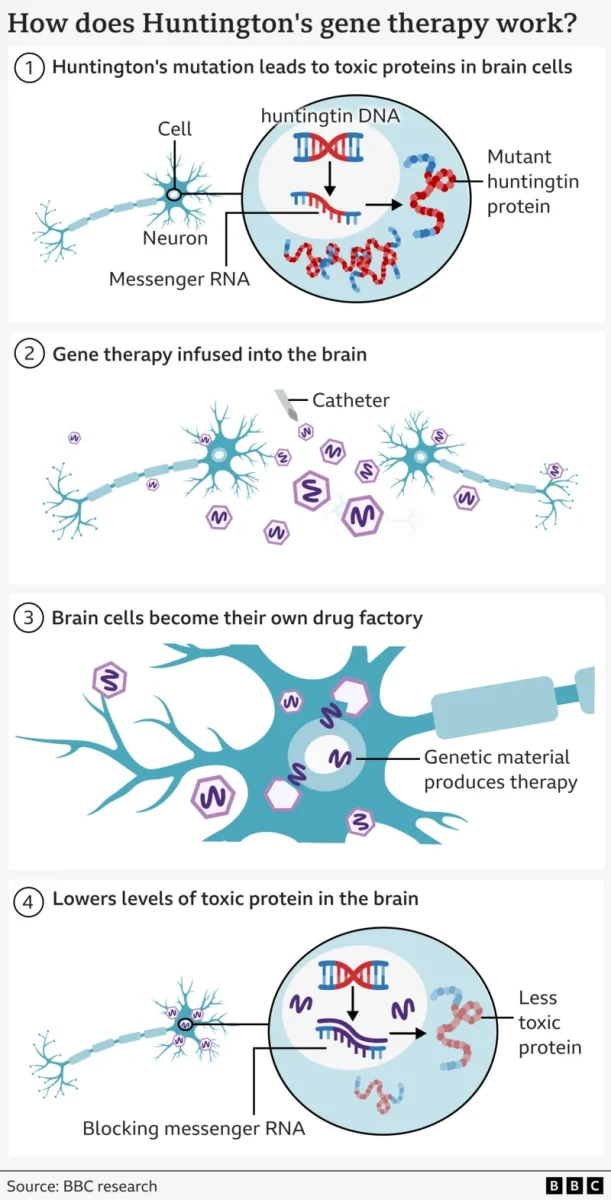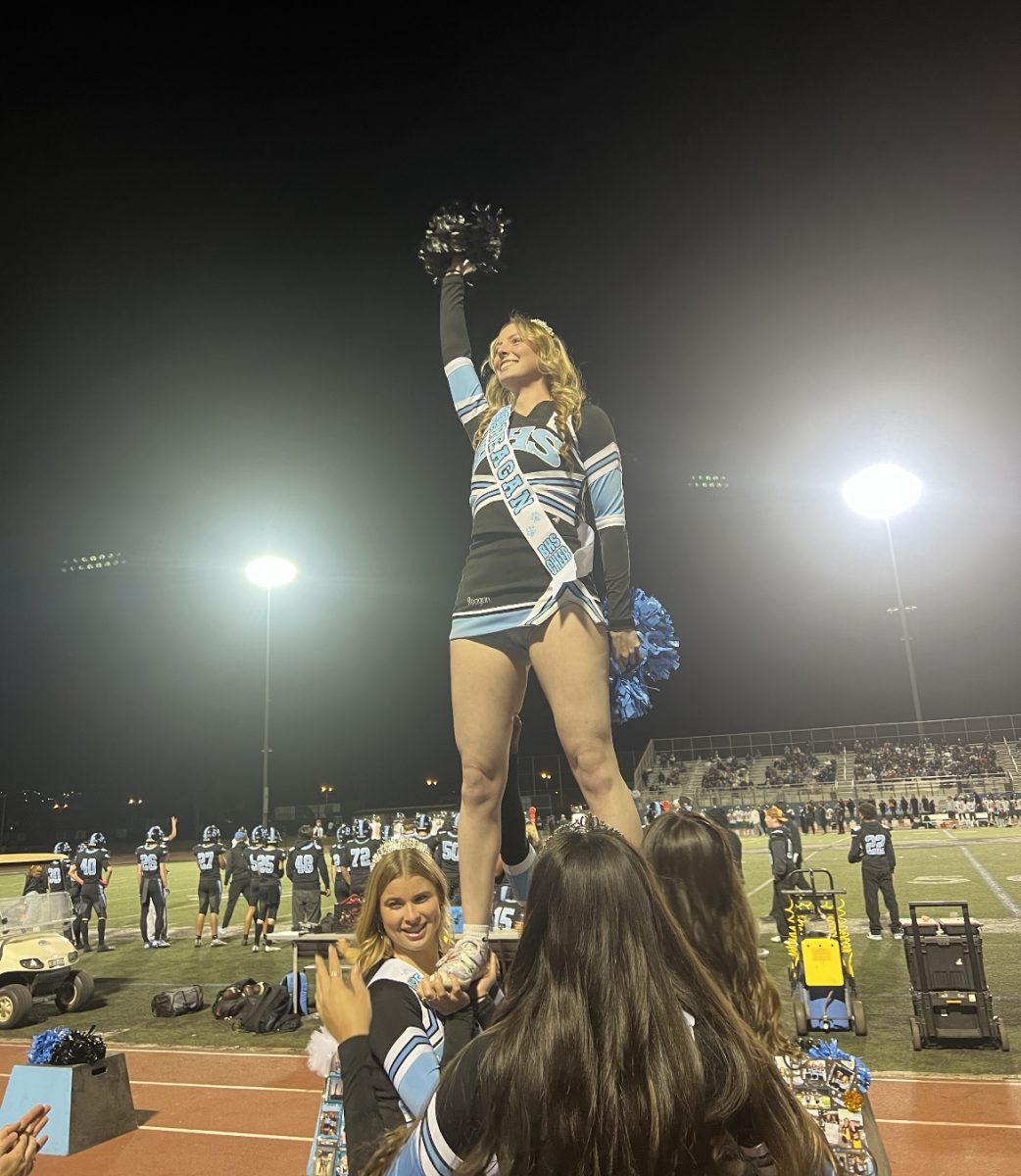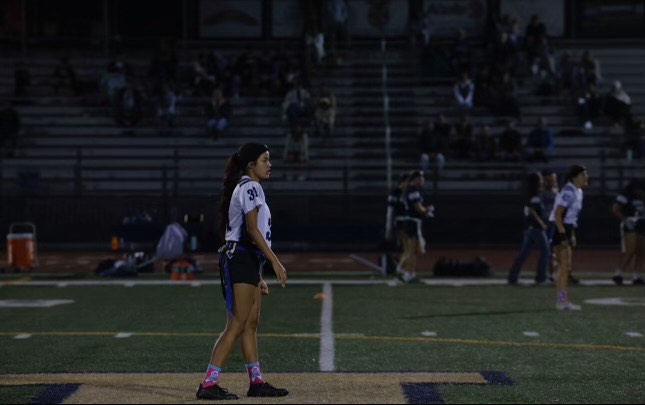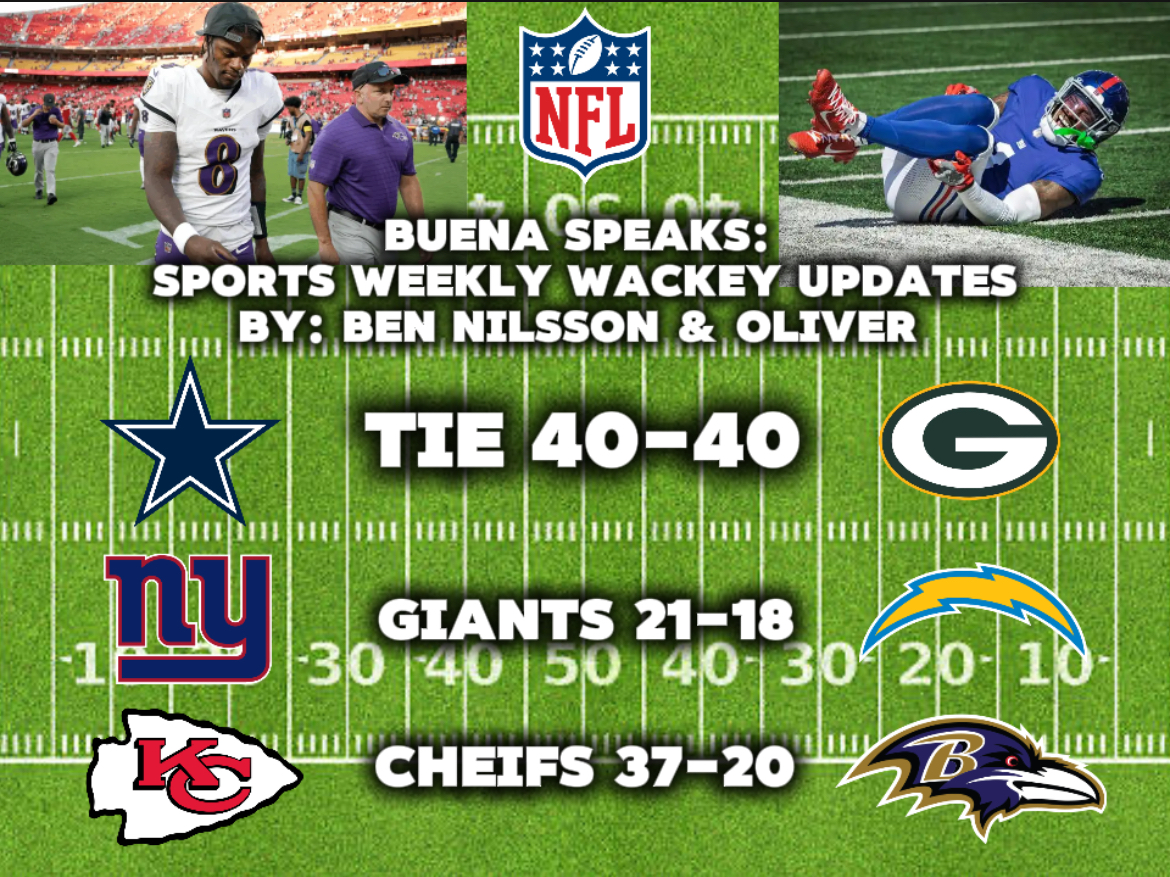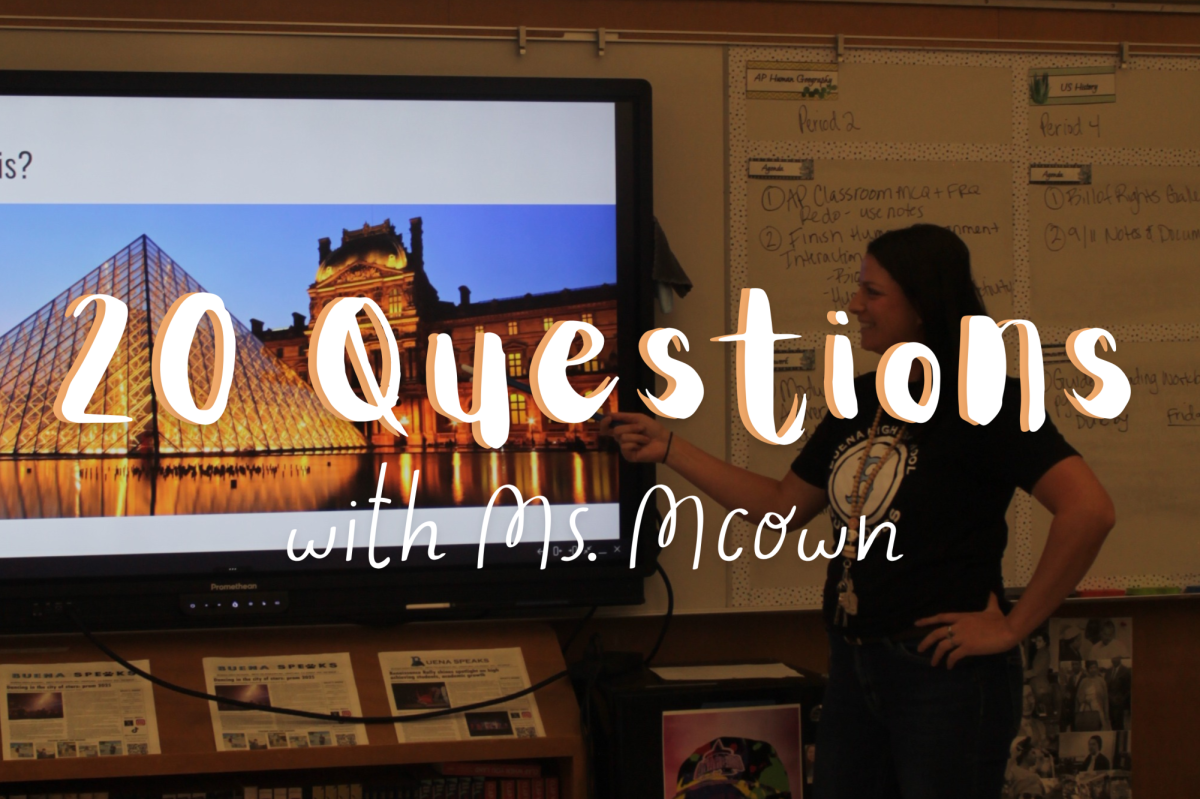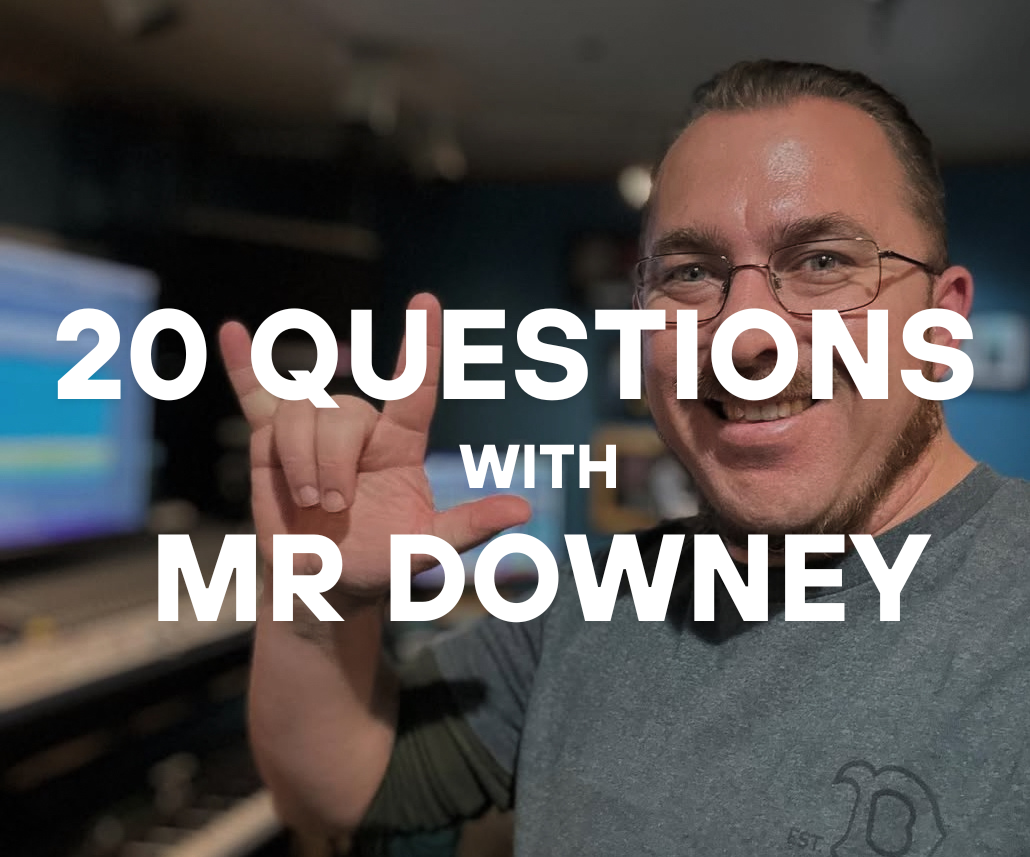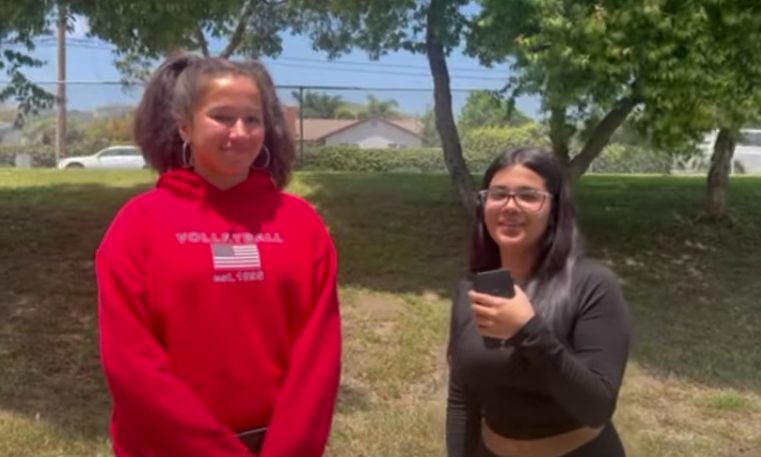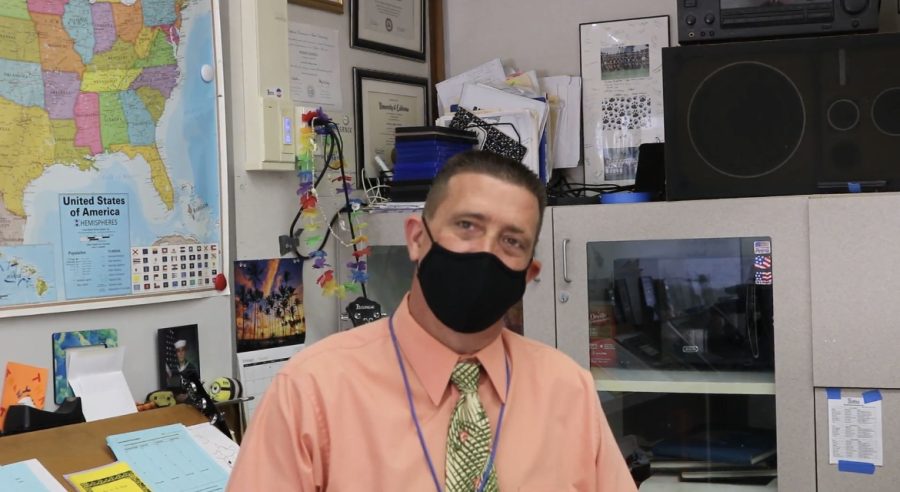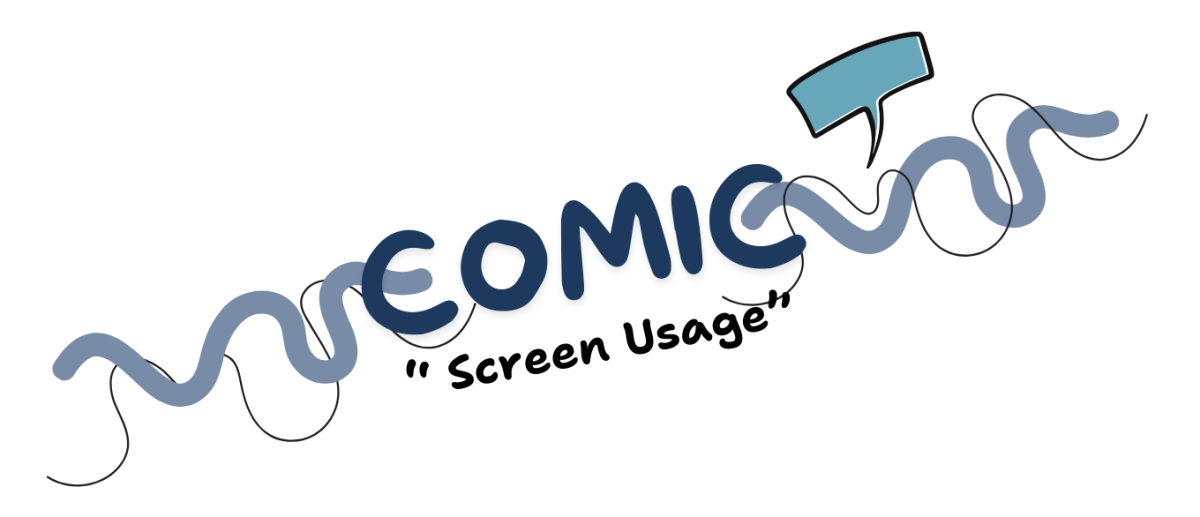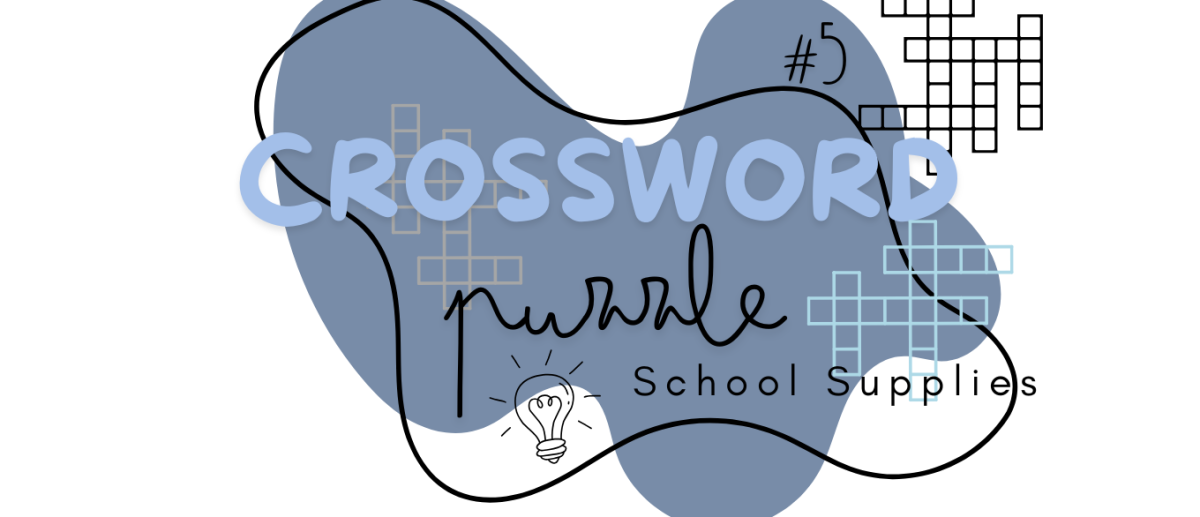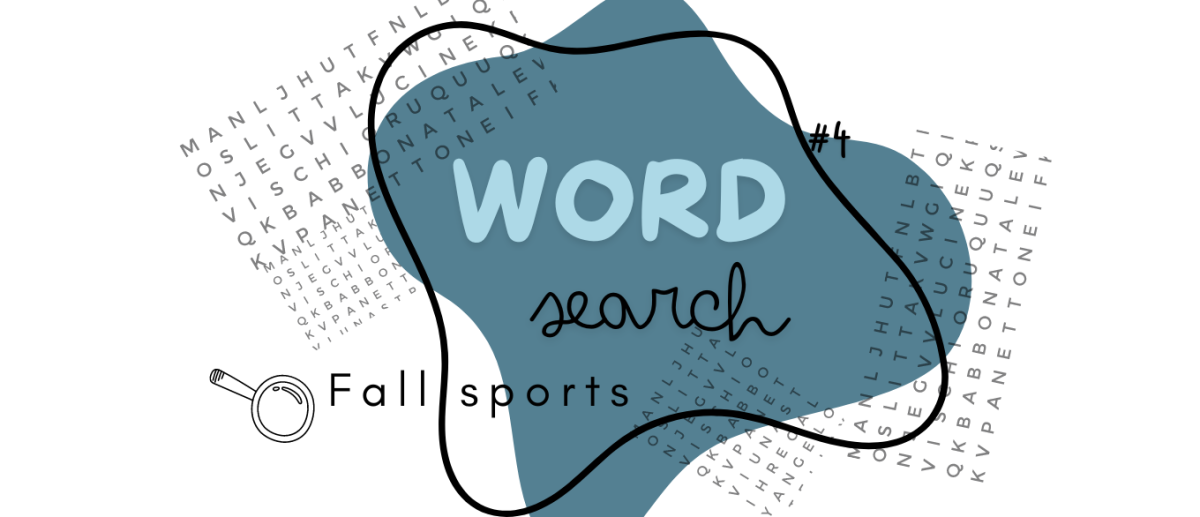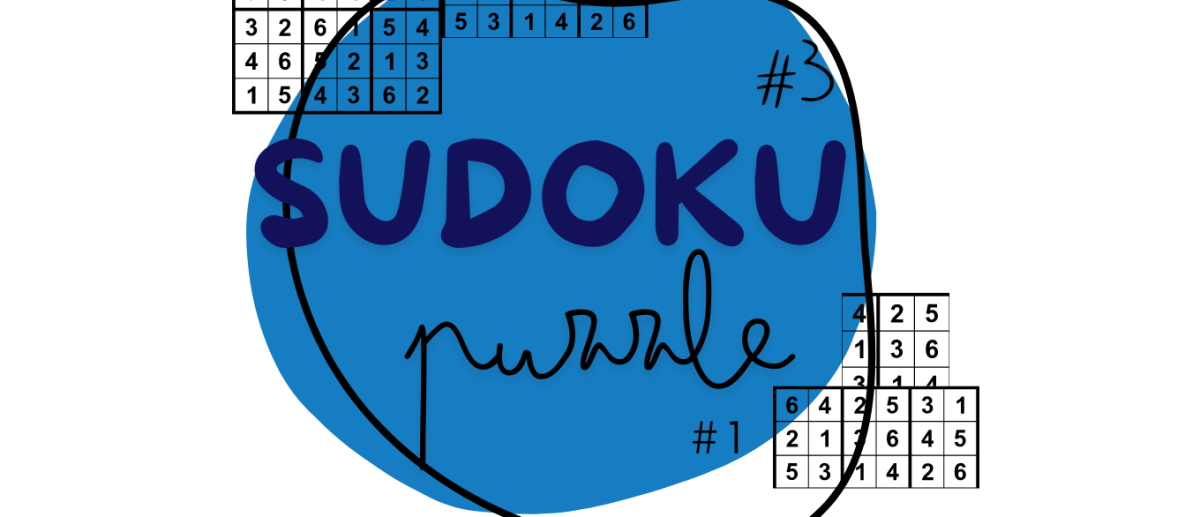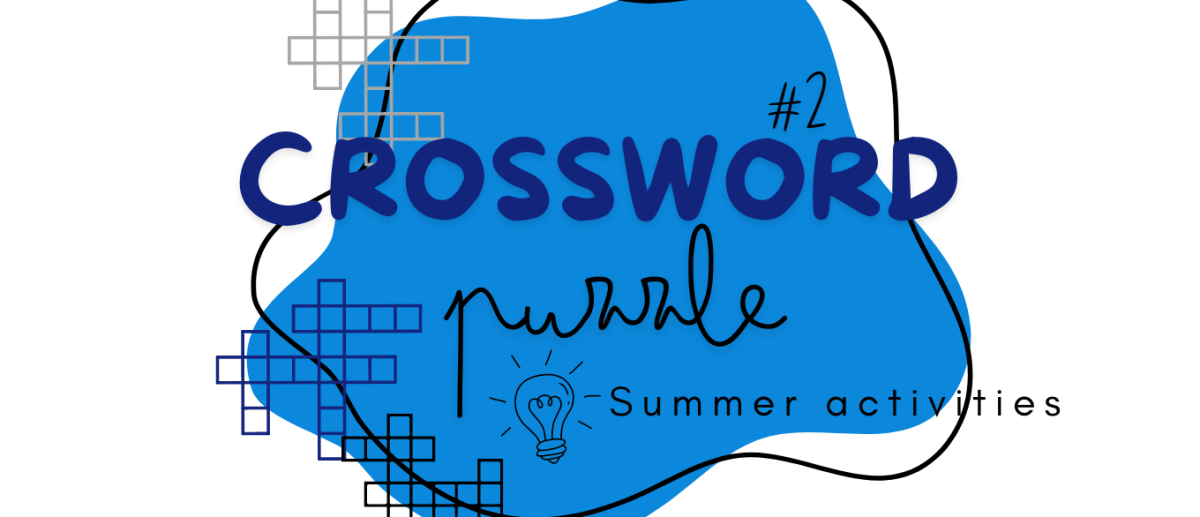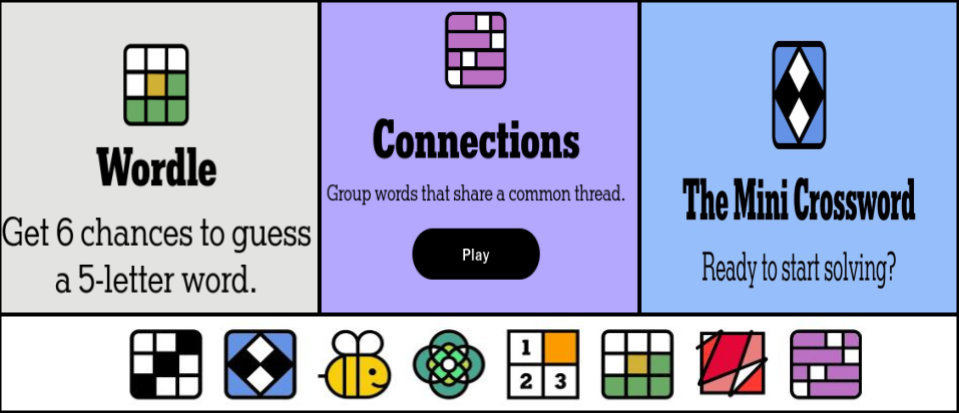Although the New York Times has featured games in their print papers since 1942 and released four new games to their website in 2014, it was not until late 2021 that the beloved wordle hit phone screens. Many teenagers found themselves reaching for their phone, not to mindlessly scroll on Instagram, but to play an elderly-word game.
To sum it up, Wordle is a daily word guessing game that tasks players with solving a five-letter word puzzle using letter position clues. The simplicity of the game made players feel smarter or more complete when beating the puzzle and the anticipation of the next puzzle kept people coming back every day.
Additionally, the ability to send your results to friends and track your scores and streaks made the game a competition to some people, always striving to do better on the next day.
All of these features contributed to their undoubted success as one of the leading word games today. Specifically, a senior couple from the United Kingdom spends their rainy mornings calculating the daily Wordle in team effort while their daughter films the experience for Tik Tok viewers. These videos were just the start of the NYT game craze, with many of the puzzles becoming a frustrating part of these creators’ days.
In 2022, Wordle had over 300,000 daily players, which allowed NYT developers to make the latest game, the connections. According to Executive Producer of the game Zoe Bell, Connections is the most successful launch of any game developed in-house since the Mini-Crossword in 2014, an equally popular game, and it is the second-most-played game after Wordle.
Connections is a categorizing game that puts 16 words into four secret groups taking the internet by storm with its deceiving tendencies and challenging levels. Its counterpart- the mini crossword, is a smaller (and free) version of the original puzzle. With its three-minute-average solving time, the game is guaranteed to make your morning feel much smarter.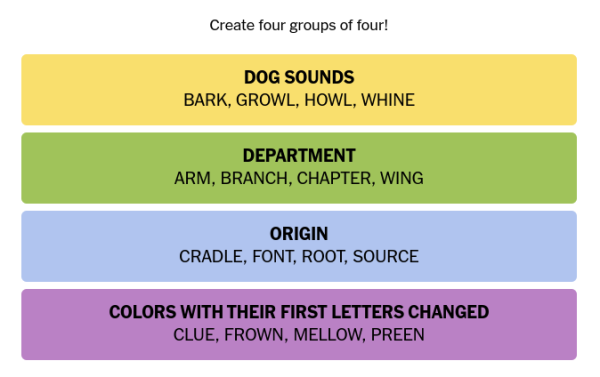
The power team behind these games is Wyna Liu who creates each word group in Connections, Joe Fagliano writing the mini crossword, and Tracy Bennet selecting the daily Wordle, created a reason for people to keep reading the newspaper itself. As of today, two-million people tune into these three games daily, with 44 percent of players being under the age of 35. They became so popular that they are one of the four reasons subscribers keep paying each month.
The games became a household name to an audience the developers never intended to reach.
Now, with more publicity than ever due to social media exposure, the NYT finds itself with dozens of copy-cat apps that have unlimited levels instead of only updating once a day.
As our generation gives a reason for news sites to still be relevant, these games remind us of the original word-search and picture games that came on the back of a print newspaper. Whether the puzzles are played in the morning, at night, with family and friends, or by just yourself, you can always win just by using your brain.




